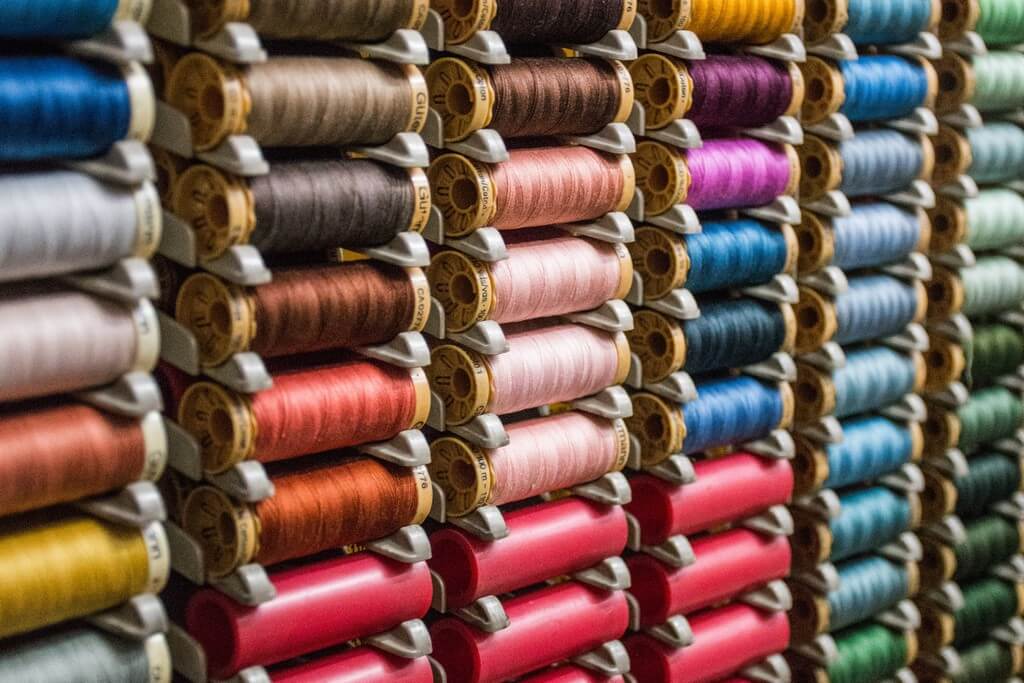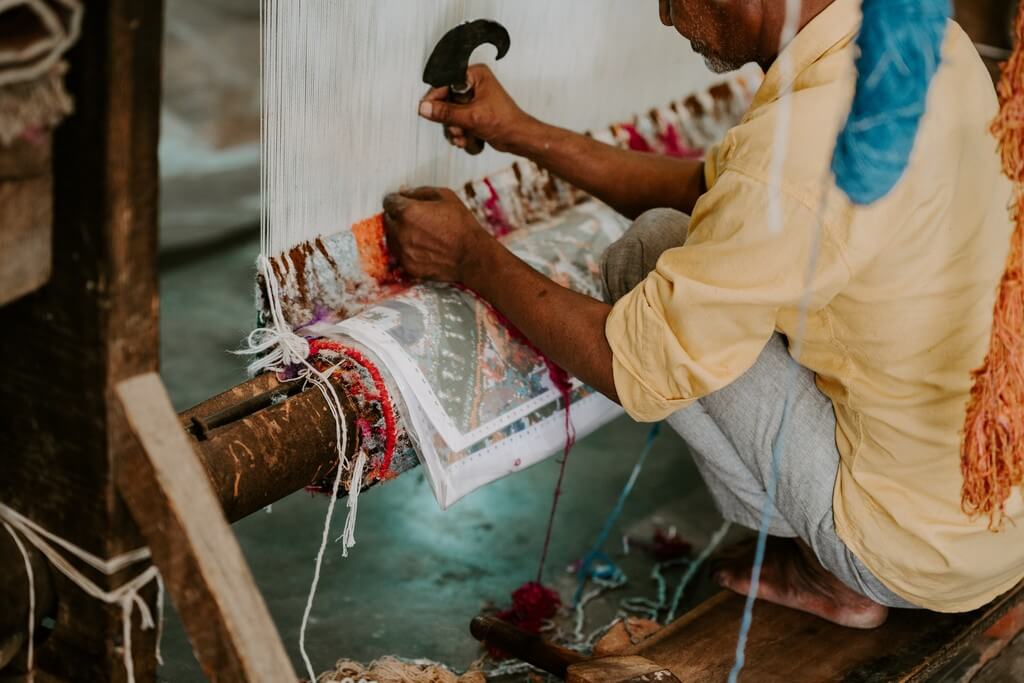How to become a textile designer ?
07/07/2021 2021-07-07 15:45How to become a textile designer ?
How to become a textile designer ? Do you find yourself obsessing over fabric prints? If you are driven creatively, have an interest in emerging fashion and love exploring new textile techniques, you might enjoy an exciting and rewarding textile design career.

Basics of Textile Design
The field of textile design enables individuals to apply their artistic talents to specific uses, such as the demonstration and application of fabric construction, the general development of textile designs, and the production of fabric design that are specifically suitable for use in furnishings, apparel, and accessories. In other words, textile designers apply a wide range of fabric embellishments and manipulation techniques to create their personal designs.
A textile designer works closely with clients and design teams to create unique fabrics using a variety of design concepts and media, including textile CAD software programs, such as Pro-Weave, 3D Mapping, Photoshop, and other software suites, to create both single and regenerated concepts.
Fundamentals of Textile Design
Through proper training, prospective textile designers gain knowledge of the entire fabric design process. They learn to analyse and understand the various textile properties, such as weight, material, flammability and durability, and how the textile will be used, then base their designs on these factors. Even more importantly, they learn how to utilise textures, patterns and colour through experimentation with printing, dying, manipulation, and embellishment techniques. Textile designers must also possess the design skills necessary to carry out the production of design samples and sketches, and the ability to create client presentations using various printed or digital designs; whether written, drawn, or verbal. Knowledge of sewing or weaving, graphic design, and line drawing are also helpful skills to have. These design methods support the textile design work and determine final outcomes; positive or negative.
Textile design portfolio
Portfolios can be either physical or digital, but the textile designer can achieve better outreach by having both types, and both should be well organised. A physical portfolio should include at least twenty pages of original designs. A digital portfolio should have no less than thirty. Each portfolio should be tailored especially to the viewing audience(s) and should include appropriate examples for the role the textile designer will play in each job. Annotations and notes should be included on each page to give the viewer a greater idea of the context of each example. It is also a good idea to mention techniques used, the theory behind each design, and justification for its usage.

The above discussed points are fundamental points about how to become a textile designer are helpful in getting one started with becoming a textile designer. JD Institute’s textile design course in Bangalore helps teach students these fundamentals and more in becoming a textile designer.













